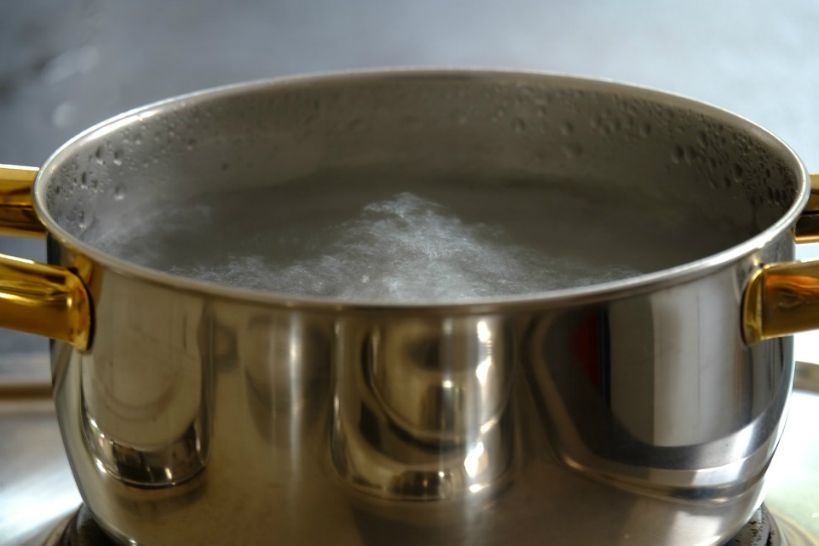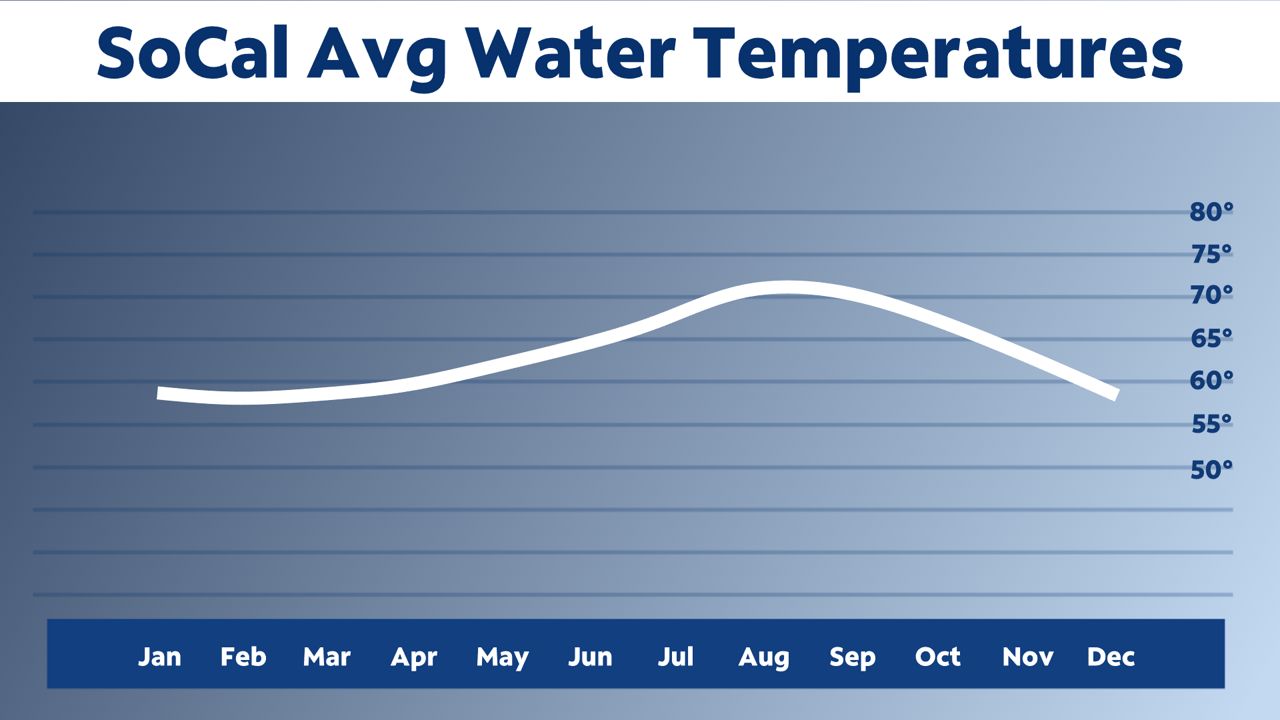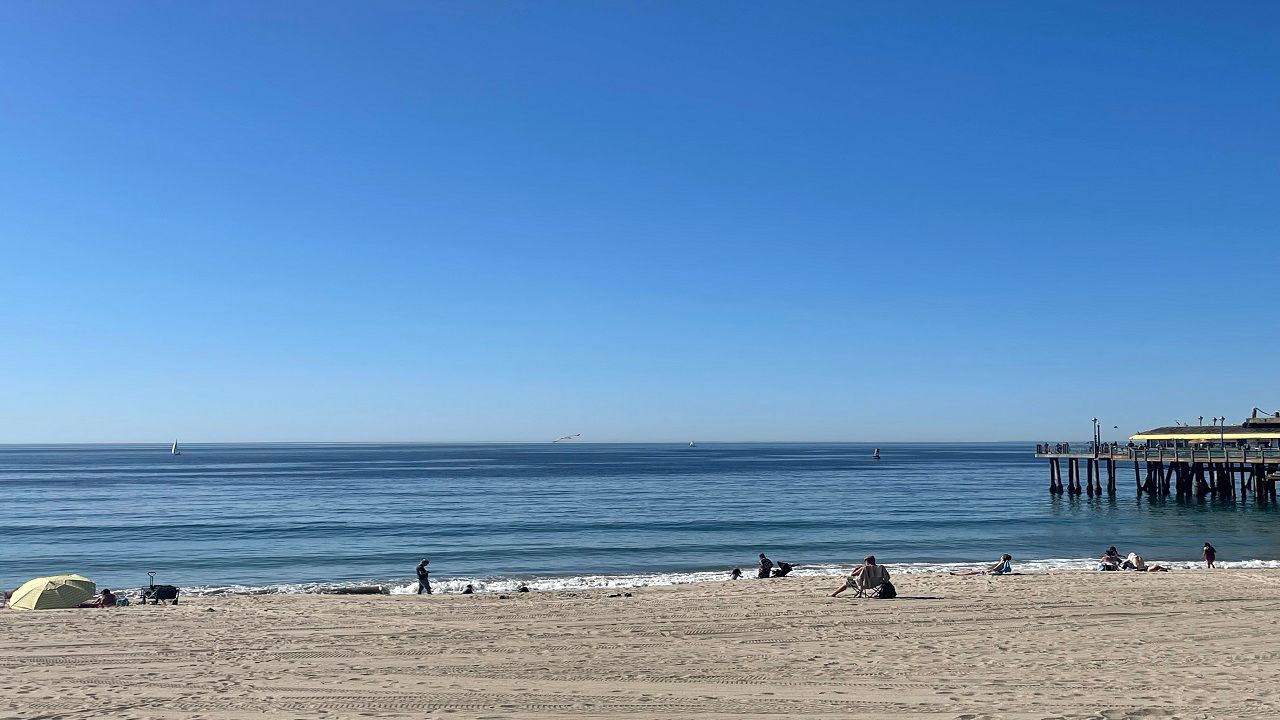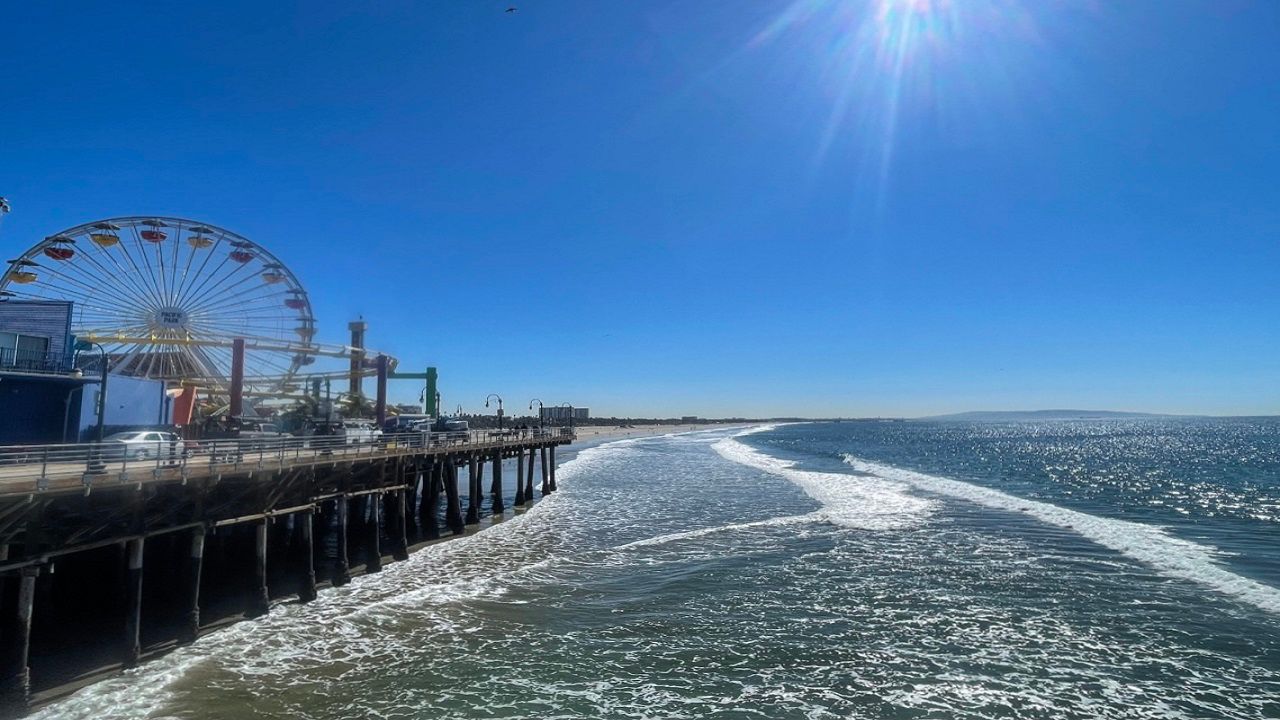Have you ever wondered why when you go to the beach during a heat wave, the air temperatures are hot but the water temperatures still numb your feet?
Well, it all has to do with Specific Heat. Specific Heat is the amount of heat it takes to raise one gram of a substance by 1 degree Celsius.
A substance with a high Specific Heat Capacity means it takes a lot more heat energy to raise that substance’s temperature compared to a substance with a low Specific Heat.
For example, metals have a low Specific Heat. If you hold a burning match under a needle, you notice the needle heats up fast because the metal of the needle has a low Specific Heat.
It also conducts the heat, so the heat moves from one end of the needle to the other end and burns your finger.
Water has a high Specific Heat. It takes a lot of energy to bring water to a boil.

It takes a lot of energy to raise a gram of water by 1 degree Celsius. Therefore, ocean water takes a long time to get comfortable, especially on the West Coast. Some may argue it never gets comfortable as it peaks in the low 70s.
It is also why ocean temperatures don’t fluctuate like air temperatures do between night and day. Air also has a lower Specific Heat Capacity compared to water. Ocean temperatures don’t cool at night, nor do they warm during the day.
When the sun goes down, air temperatures cool. When the sun rises, air temperatures warm.
Pacific Ocean temperatures lag about three months behind the hottest or most direct sun’s energy.
The sun’s energy peaks with the most direct sun rays during the Summer Solstice (around June 21), yet ocean (and pool) temperatures are warmest around August and September.

Sand has a very low Specific Heat. On a small scale, when you are at the beach in Summer the water and sand receive the same amount of the sun’s energy.

However, the sand will burn your feet as you walk on the beach during summer. Sand temperatures in Southern California can push 150 degrees Fahrenheit. While ocean temperatures peak around 70 degrees.
Southern California and West Coast beaches are colder than beaches at the same latitude on the East Coast is because the West Coast has the “California Cold Current" running from north to south. This current brings cold arctic water south.
The East Coast has the warm Gulf Stream, which brings warm tropical waters northward.
Another reason California has cold water is because of the concept of “upwelling.” Rotation of the Earth pulls top ocean water westward on its axis. Colder deep water near the coast replaces the top water.
Upwelling also happens when strong Santa Ana (or offshore) winds push the surface water westward. When this happens, colder deep water also replaced the surface water.



